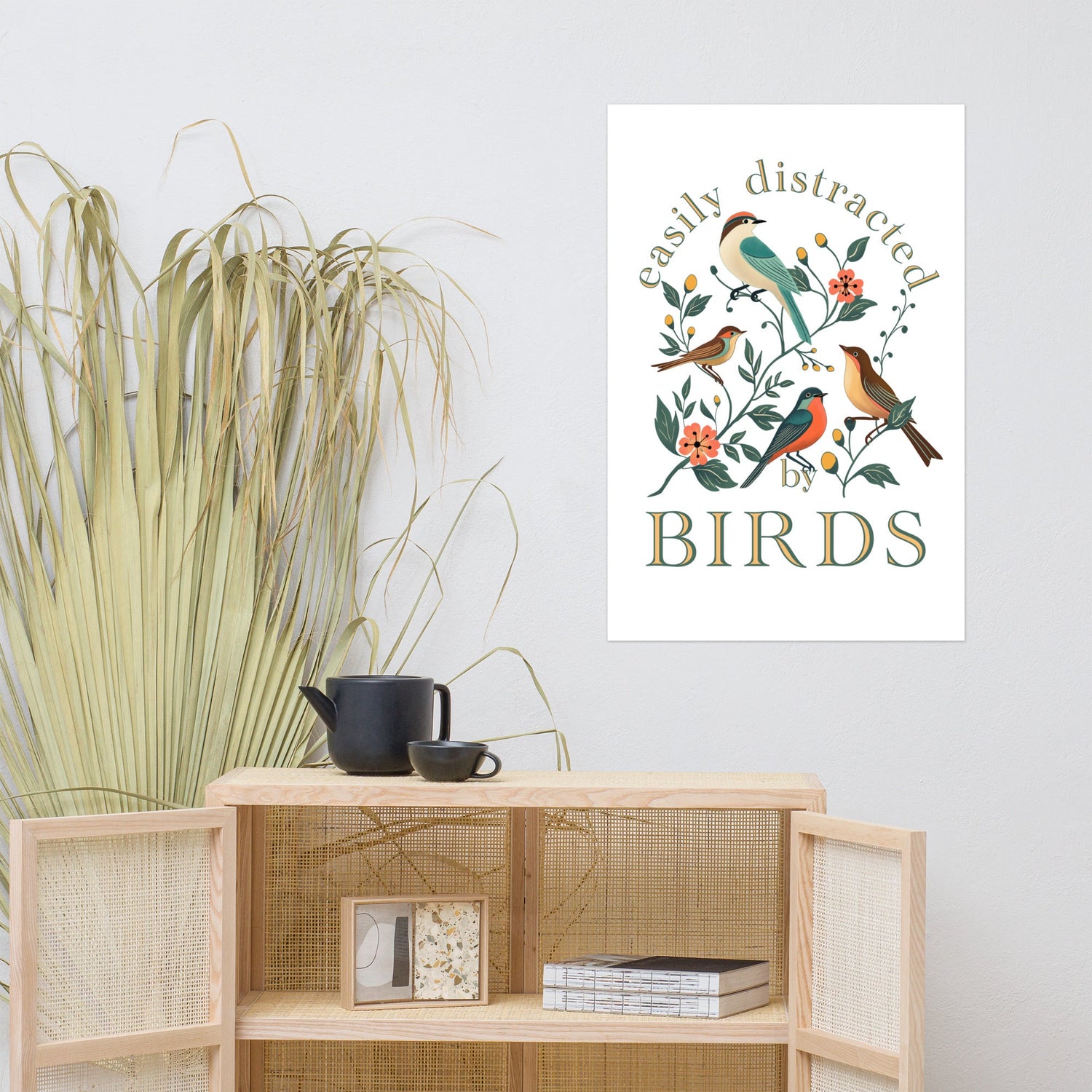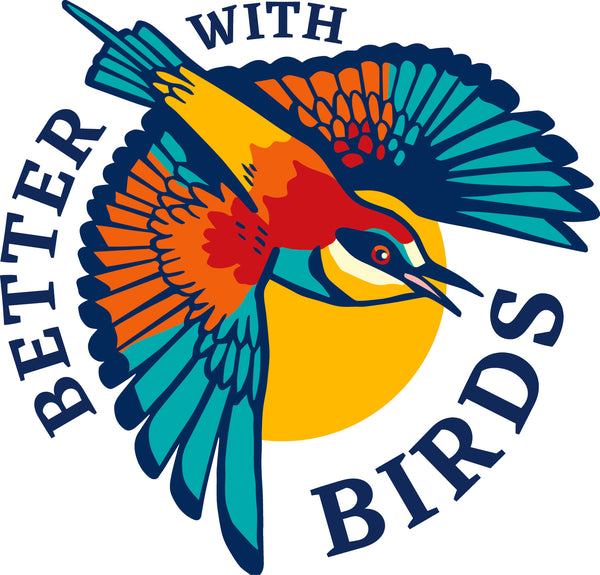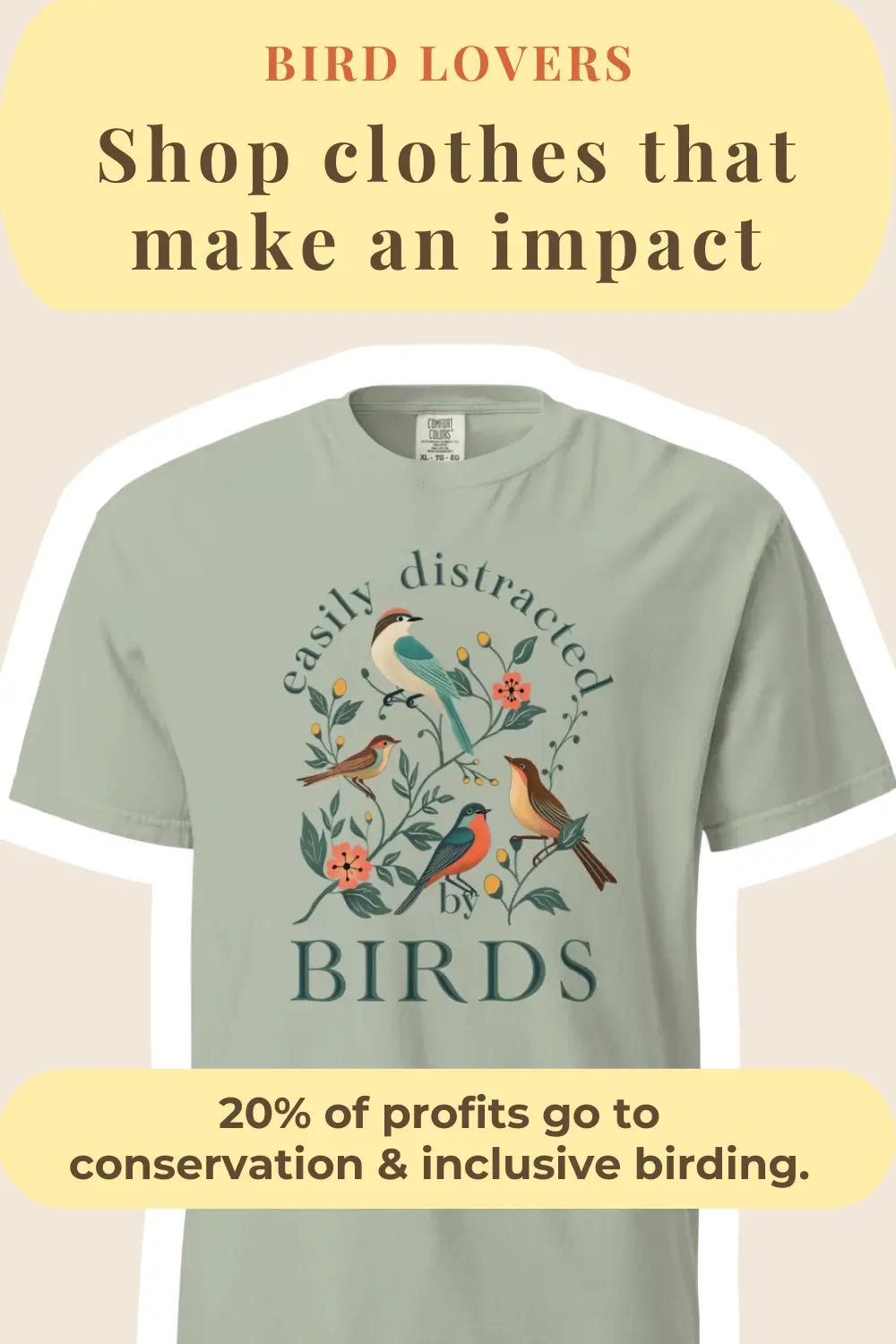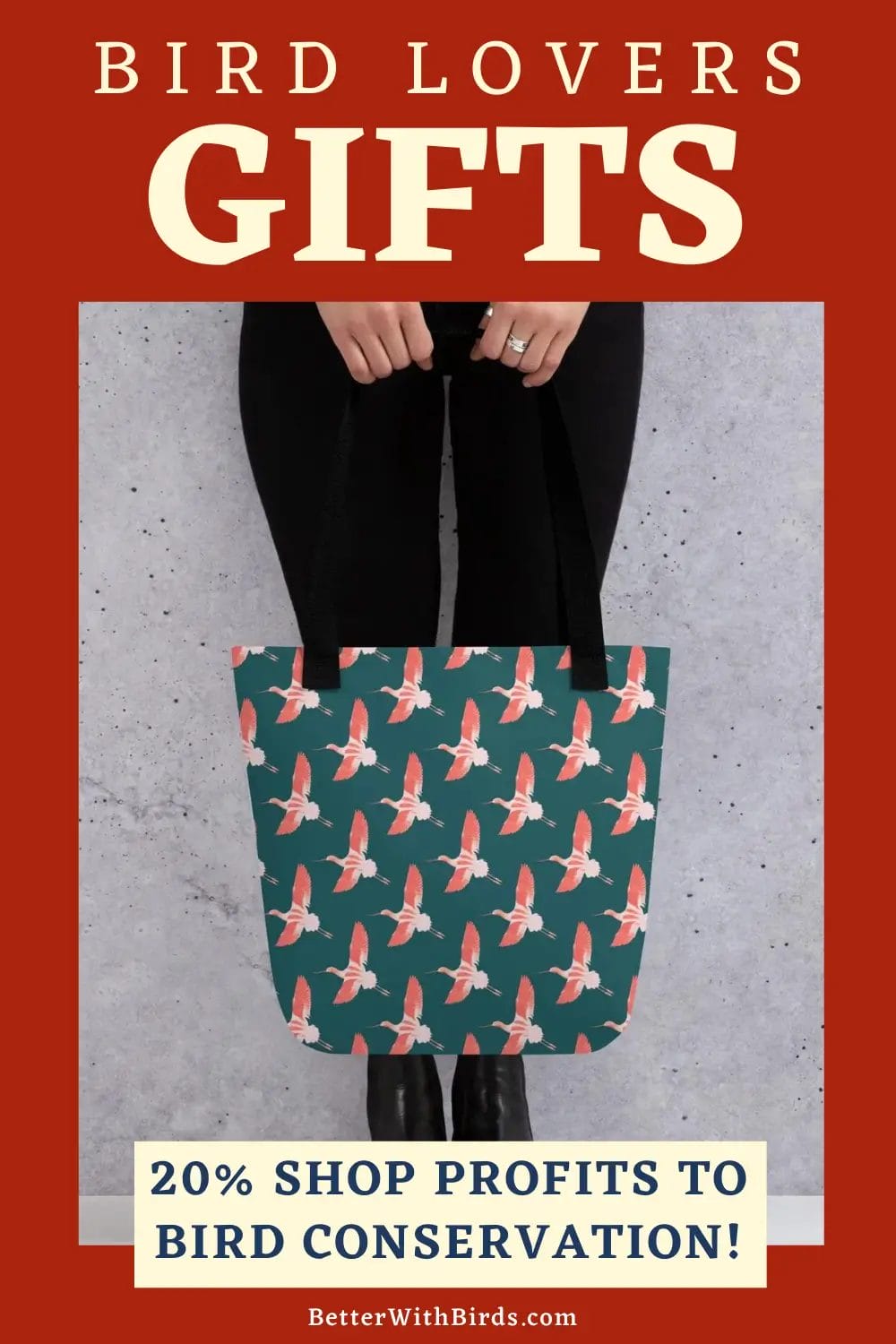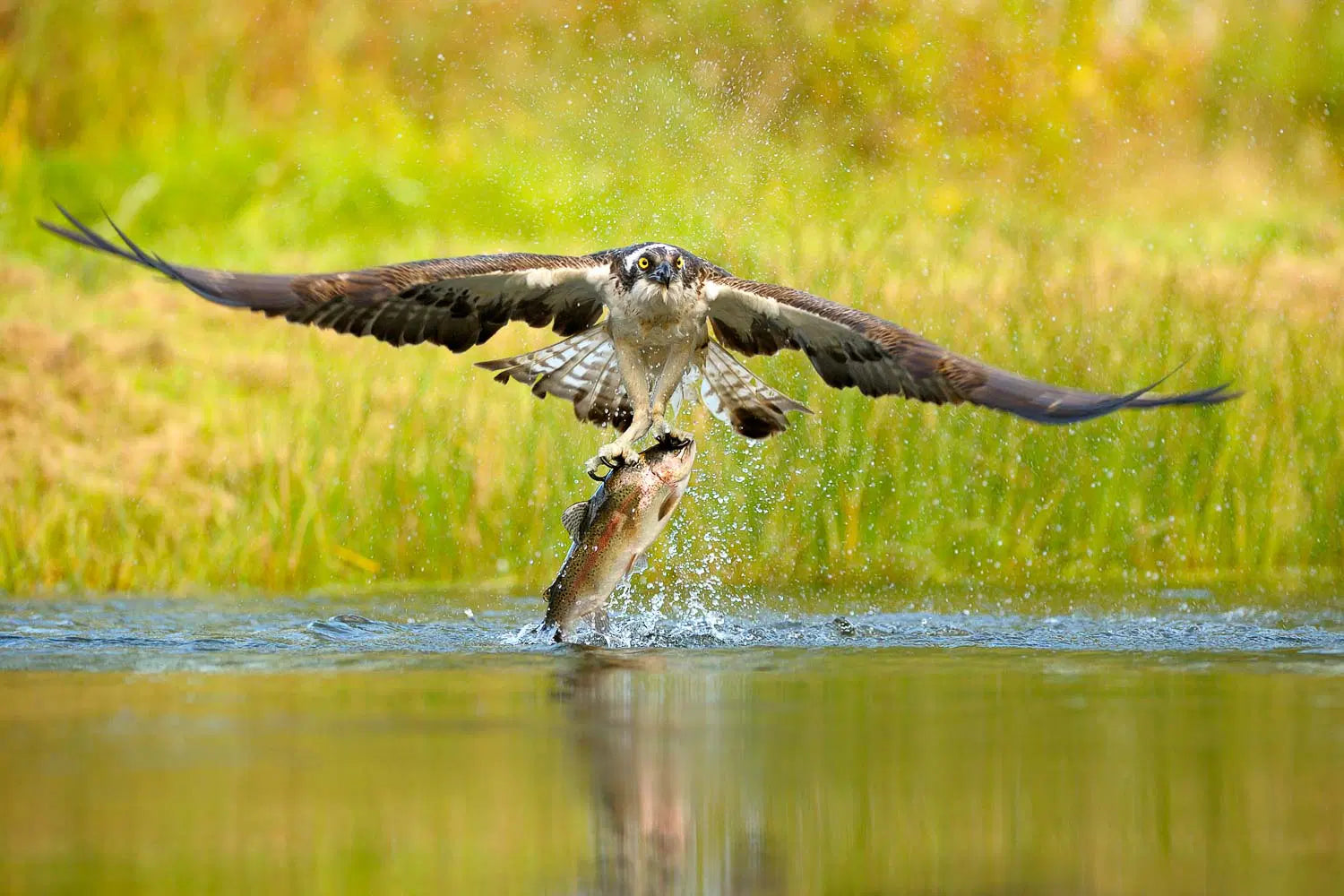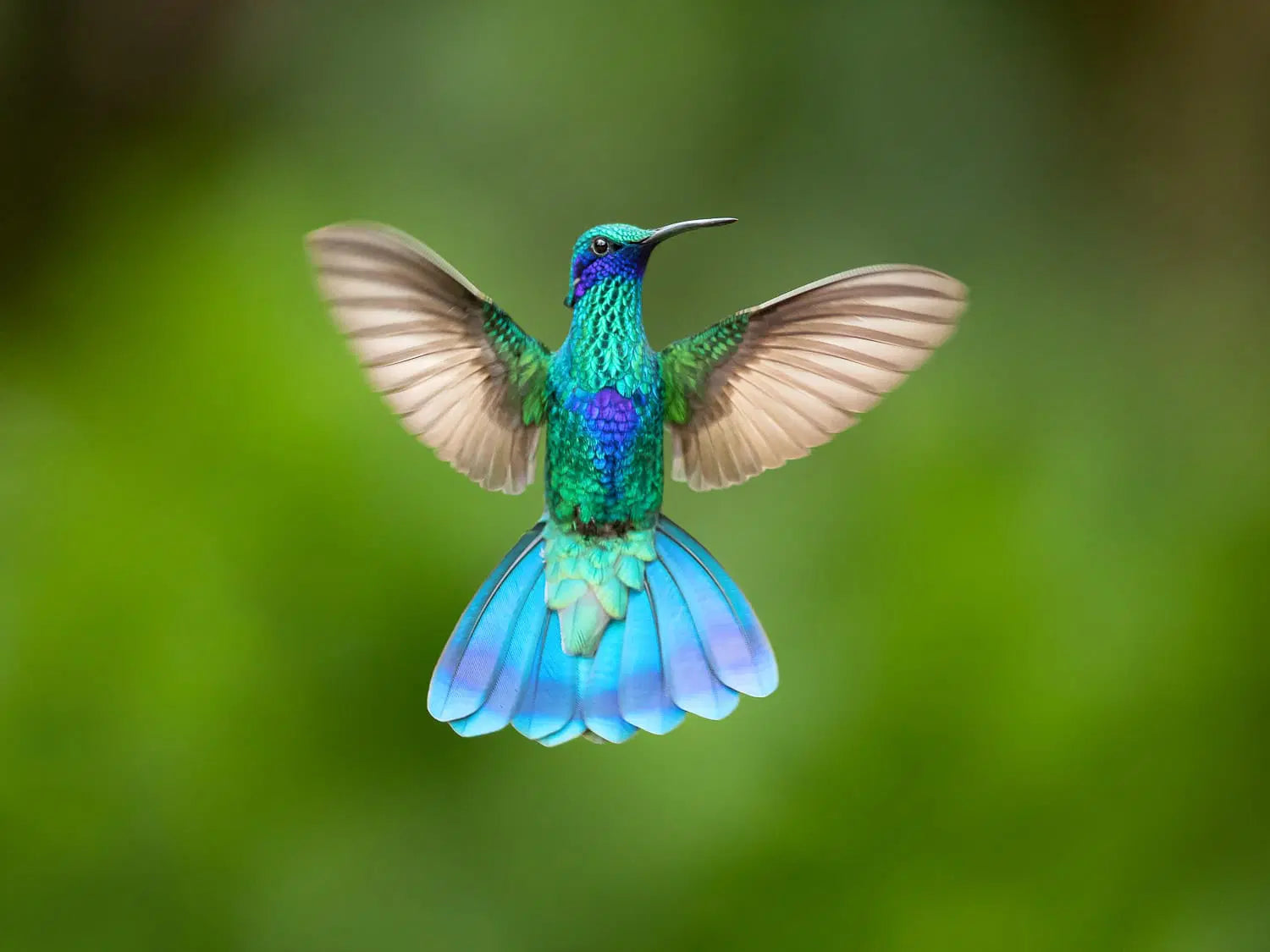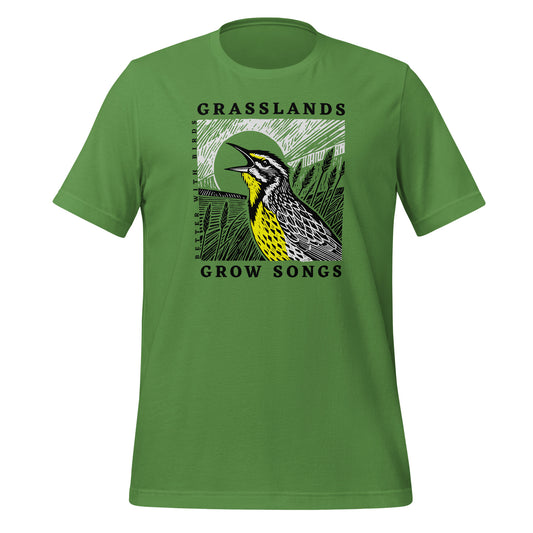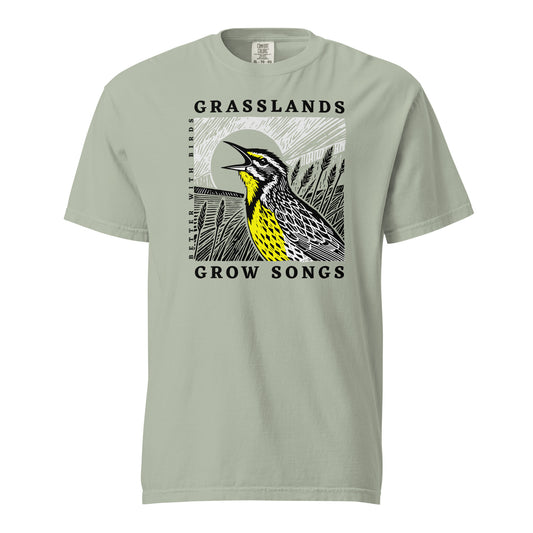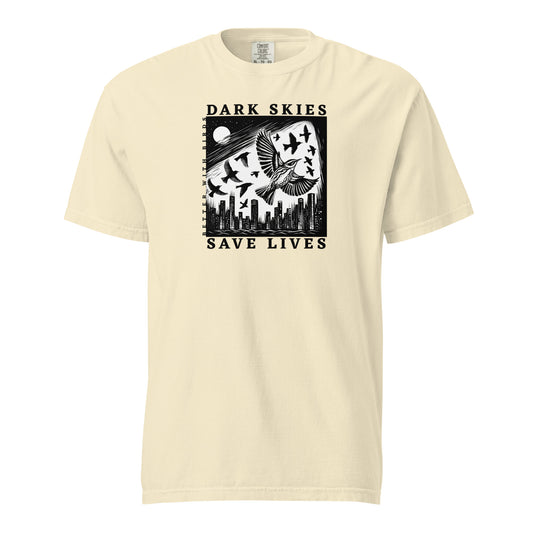Ethical Bird Photography: A Comprehensive Guide
Feature photo: Green Elk/Shutterstock
Read Time: 8 minutes
Bird Photography and Sound Tips , Photography Tips
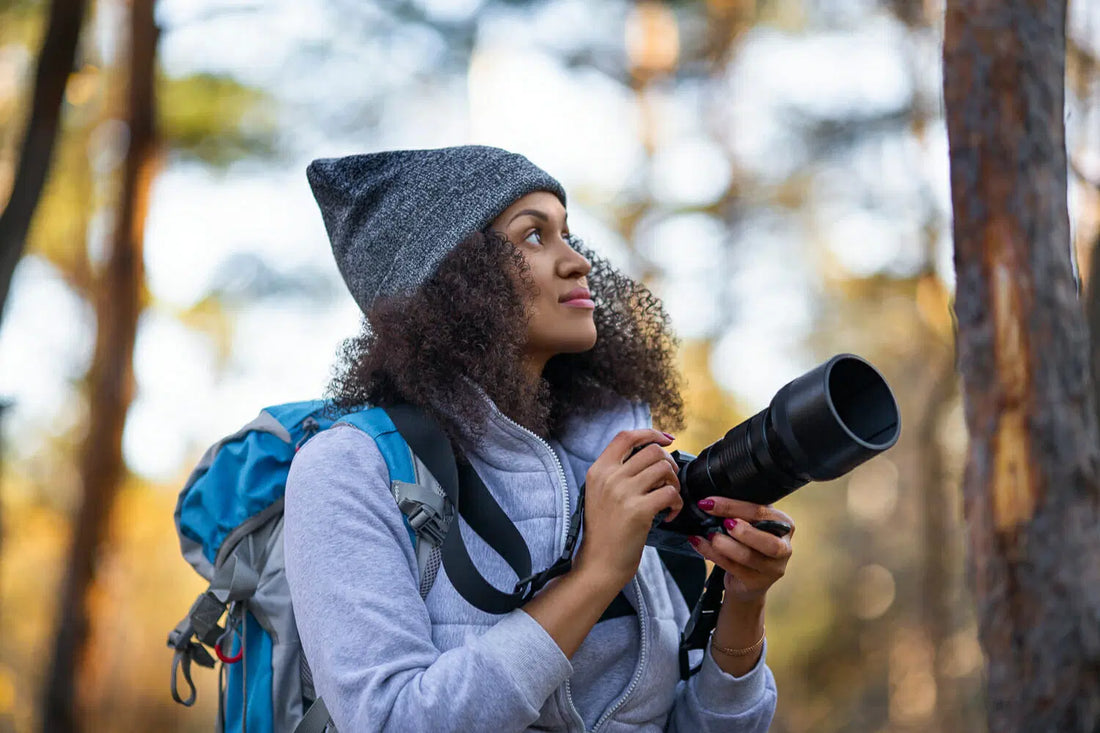
This post contains affiliate links. If you use these links to buy something, we may earn a commission at no additional cost to you. We only recommend products we fully support or use ourselves. Our full disclaimer
PIN THIS FOR LATER
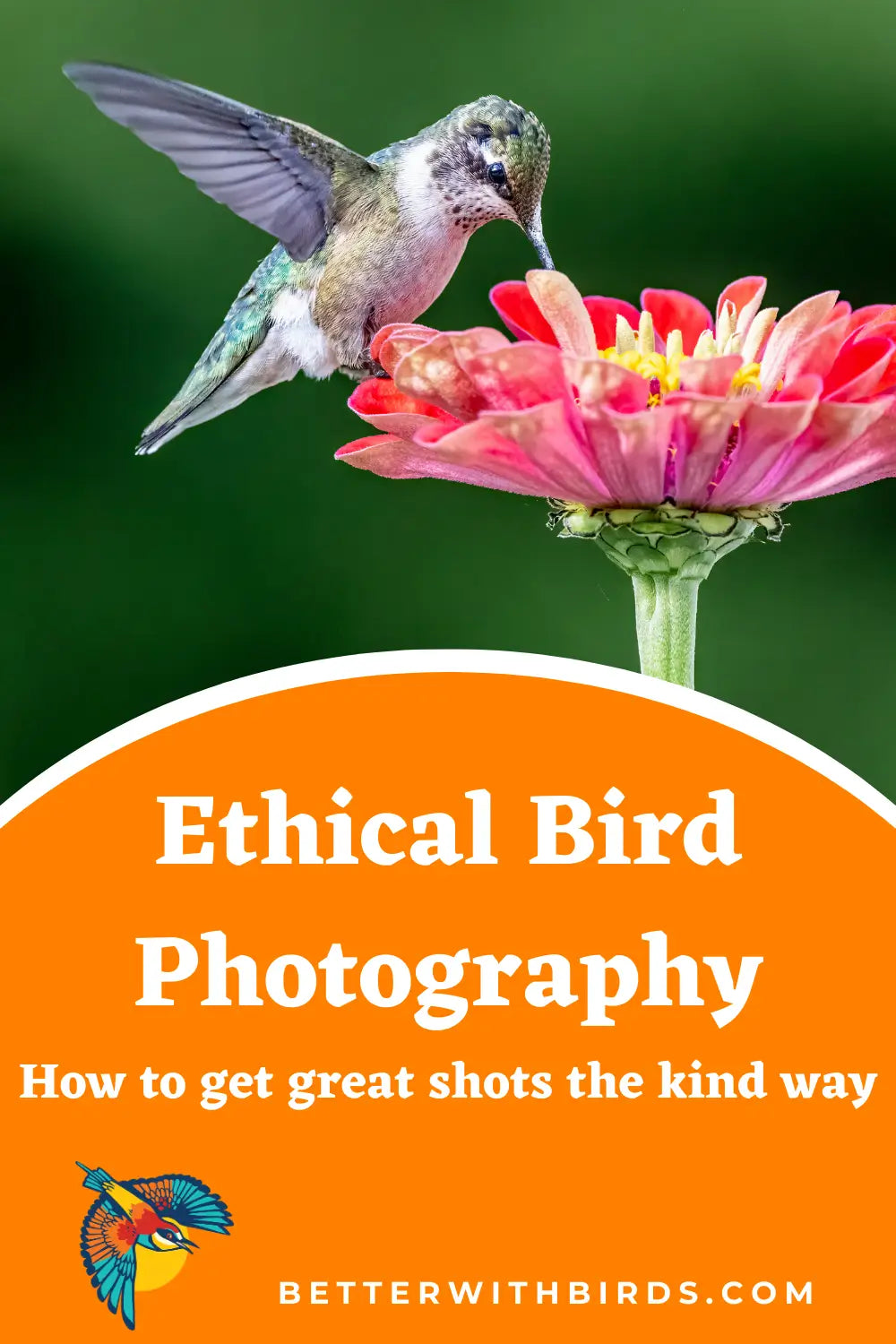
Contents
There’s something magical about capturing the perfect bird photograph – that split second when light, composition, and subject come together in a single frame. As someone who’s spent thousands of hours behind the lens tracking these feathered subjects, I understand the thrill of the chase and the satisfaction of documenting these remarkable creatures more than anyone. But this pursuit comes with responsibility.
I’ve witnessed concerning behaviors in the field: photographers flushing birds repeatedly for action shots, playing audio to lure sensitive species during nesting season, or trampling protected habitat for that “perfect angle.” While most bird photographers have good intentions, sometimes enthusiasm can cloud judgment about what’s best for our subjects.
In this guide, I’m going to go over some methods I’ve employed to capture stunning bird images all while prioritizing the welfare of the birds themselves. After all, what’s the value of a great photograph if it came at the expense of the very wildlife we admire?
Understanding Bird Behavior and Stress Signals
Before heading into the field with your camera, it’s essential to understand how birds communicate distress. This knowledge helps you recognize when your presence might be causing harm.
Reading Body Language
Birds telegraph stress in ways that are easy to miss if you’re focused entirely on your viewfinder. When a bird stops its normal behavior (feeding, preening, or singing) to stare at you, that’s your first warning. Other signals include rapid head movements, alarm calls, feather slicking, or crouching low. These aren’t just minor inconveniences for the birds – they’re diverting energy from vital activities like feeding or caring for young.
Seasonal Sensitivity
Birds face different pressures throughout the year, and some periods require extra caution. During nesting season, even minor disturbances can have major consequences. A parent flushed from a nest might abandon eggs or expose chicks to predators or extreme temperatures. During migration, birds are often exhausted and desperately need to refuel without interruption.
In winter, when food is scarce and temperatures extreme, birds operate on razor-thin energy margins, meaning that every unnecessary flight forced by an approaching photographer costs calories that might not be easily replaced. I’ve adjusted my photography calendar around these seasonal considerations, focusing on different species when they’re least vulnerable.
We give 20% of all shop profits to bird conservation & inclusive birding efforts.
Ethical Field Practices
How you behave in the field directly impacts both your subjects and other photographers:
Proper Distance and Approach
The right distance varies by species, habitat, and individual birds. Some backyard birds might comfortably feed a few yards away, while raptors or shorebirds might require hundreds of feet of buffer space. My general rule: if the bird is watching you more than going about its business, you’re too close.
I’ve found that patience trumps proximity every time. Rather than chasing birds around a location, I scout suitable spots where birds naturally gather, arrive early, and wait quietly. Setting up near water sources, flowering plants, or regular flight paths lets birds approach me on their terms. Wearing one of our comfortable bird-themed hoodies in muted earth tones helps me blend in with my surroundings while showing my passion for birds even when I’m not actively photographing.
Sound Ethics
Playing recorded bird calls was once common practice among photographers, but pretty substantial evidence of harm has mounted. Playback can disrupt territorial boundaries, distract birds from feeding young, and expose them to predators. During breeding season, male birds might abandon their territories after repeatedly responding to “phantom rivals” from recordings.
I’ve abandoned audio lures entirely, and my photography has actually improved as a result. I’ve developed better field skills, learned to predict behavior, and captured more natural interactions.
Habitat Respect
Some photographers will crash through undergrowth, break branches for clearer shots, or create “perches” by moving or cutting vegetation. This ends up damaging the very ecosystems birds depend on and sets a terrible example for others.
I make it a practice to stay on established trails whenever possible, never remove vegetation, and carefully watch my footfall in sensitive habitats like wetlands or dunes. Sometimes this means accepting that certain shots aren’t possible without causing harm – a limitation I’ve come to embrace rather than fight.
Equipment Considerations

Long Lenses and Blinds
A quality telephoto lens is your most important tool for ethical bird photography. The best lens to use for bird photography will be able to provide the reach needed to maintain proper distance, all while capturing frame-filling shots.
Portable blinds and camouflage can supplement your long lens, allowing birds to behave naturally in your presence. I’ve spent extraordinary mornings inside a pop-up blind, documenting intimate behaviors that would be impossible to observe otherwise. The birds completely ignore me, going about their lives as if I weren’t there – exactly as it should be.
Tripods and Support
While handheld shooting offers flexibility, a stable tripod reduces the need for high shutter speeds and lets you work in lower light. This means more opportunities during the golden hours of dawn and dusk when birds are most active and the light most beautiful.
My carbon fiber tripod goes everywhere with me despite the extra weight. It’s worth the effort for the sharper images and reduced need to approach subjects closely. For fast-moving subjects, a gimbal head balances my heavy lens while allowing smooth tracking – a game-changer for flight photography.
We give 20% of all shop profits to bird conservation & inclusive birding efforts.
Post-Processing Ethics
Ethical considerations don’t end when you leave the field! How you present your images matters too:
Honest Representation
Digital editing can enhance your images, but it crosses an ethical line when it misrepresents reality. I adjust exposure, contrast, and sharpness, but avoid major manipulations like adding or removing elements, drastically changing colors, or combining multiple exposures to create impossible scenes.
Transparent captioning is equally important. I specify whether birds were wild or captive, and never present baited scenarios as spontaneous encounters. I feel that this honesty preserves the documentary value of wildlife photography and maintains viewer trust.
Context and Education
The best bird photographs do more than display beauty – they tell stories and build appreciation for their subjects. When sharing my work, I include information about the species, its behavior, and any conservation challenges it faces. And I do this because I’ve found that ethical photography and powerful storytelling go hand in hand; the patience required for non-intrusive bird photography often results in more intimate, revealing moments than the grab-and-go approach ever could.
Key Takeaways
As a bird photographer myself, I’ll be the first to say loudly and proudly that bird photography can be a powerful force for conservation when practiced thoughtfully. The photographs you take today might inspire tomorrow’s ornithologists, conservationists, and ethical photographers. And if you can do all that while putting birds first, you not only protect your subjects but elevate your art to something truly meaningful – images that celebrate wildlife without compromising its welfare.
